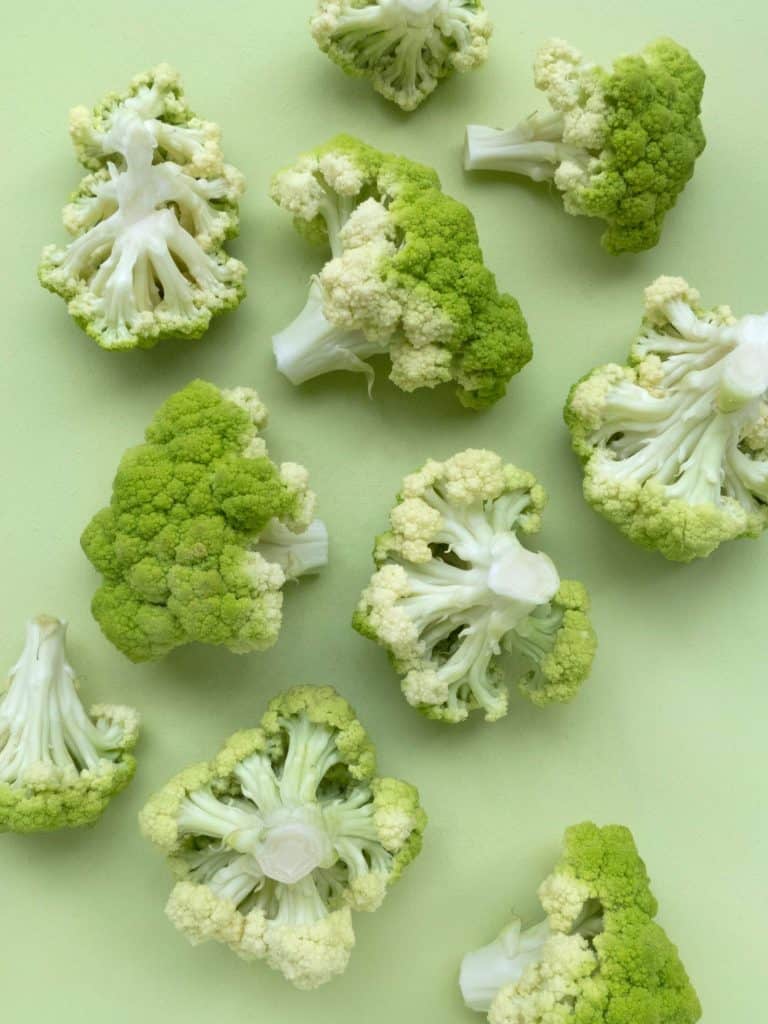
Vegetables are all the edible parts of a plant (other than the fruit) – typically the roots, leaves or stems. They are an excellent source of vitamins and minerals as well as dietary fiber and are mostly low in calories.
Due to the high concentration of micronutrients that they provide, they should be included in everyone's diet, every day. Vegetables are also an excellent source of phytonutrients – compounds that help your body stay healthy and work efficiently.
Please note: This post contains affiliate links.
Maximizing the Micronutrients
For most vegetables, storing them in the fridge will slow down their deterioration, and preserve the micronutrients for as long as possible. Only a few are better preserved at room temperature, away from sunlight (e.g. tomatoes, potatoes, sweet potatoes, onions, garlic, eggplants and winter squash).
Generally speaking, the micronutrients can also be broken down through the cooking process – so some are better eaten raw. Nonetheless, many need to be cooked before they can be easily digested (or enjoyed). But as a general rule, it's a good idea to try consume around 50% of your daily vegetables raw – think salads for example.
For the other 50%, eating them cooked will still do you lots of good. And to really get the most out of each one, the guidelines below show how to prepare them to maintain the nutrients as much as possible.
Preparation Recommendations
- Saute: either use a little oil or some vegetable/chicken broth; add your vegetables to the pan once the oil/broth is hot and beginning to steam.
- Steam: either use a steamer, or an insert for a pot; add water in the bottom and bring to boil before adding vegetables to the top section.
- Boil: bring water to boil in a pot and add your vegetables in directly.
| Vegetable | Method | Time |
| Asparagus | Saute | 5 mins |
| Avocado | Raw | – |
| Beets | Steam Raw | 15 mins – |
| Beet greens | Boil | 2 mins |
| Bell peppers | Saute Raw | 5 mins – |
| Bok choy | Saute | 5 mins |
| Broccoli | Steam Raw | 5 mins – |
| Brussel sprouts | Steam | 5 mins |
| Cabbage | Saute Steam Raw | 5 mins 5 mnins – |
| Carrots | Steam Raw | 10 mins – |
| Cauliflower | Steam Raw | 10 mins – |
| Celery | Saute Raw | 5 mins – |
| Collard greens | Steam | 5 mins |
| Corn | Steam | 5 mins |
| Cucumber | Raw | – |
| Eggplant | Saute | 7 mins |
| Fennel | Saute Raw | 5 mins – |
| Garlic | Saute Raw | 1 min – |
| Green beans | Steam | 5 mins |
| Kale | Steam Raw | 5 mins – |
| Leek | Saute Raw | 7 mins – |
| Lettuce | Raw | – |
| Mushrooms | Saute | 7 mins |
| Olives | Raw | – |
| Onions | Saute Raw | 7 mins – |
| Peas | Saute Raw | 5 mins – |
| Potatoes | Steam | 10 mins |
| Spinach | Boil Raw | 1 min – |
| Squash (summer) | Saute Raw | 3 mins – |
| Squash (winter) | Steam | 7 mins |
| Sweet potato | Steam | 10 mins |
| Swiss chard | Boil | 3 mins |
| Tomatoes | Saute Raw | 5 mins – |
And yes, some of the above can be considered fruits (not just the obvious, tomato and avocado but even bell peppers and eggplants are technically fruit) – but since we think of them as vegetables, they are included anyway.
Daily Requirements
Daily requirements change rapidly between birth and 2 years of age, so we recommend you check out the age-specific meal plans for those ages.
| Age (years) | Men | Women |
| 2 - 3 | 1 cup | 1 cup |
| 4 - 8 | 1.5 cups | 1.5 cups |
| 9 - 13 | 2.5 cups | 2 cups |
| 14 - 18 | 3 cups | 2.5 cups |
| 19 - 30 | 3 cups | 2.5 cups |
| 31 - 50 | 3 cups | 2.5 cups |
| 51+ | 2.5 cups | 2 cups |
Portion Sizes
Check this out for a reference guide for how much of a specific vegetable is meant by "1 cup".
